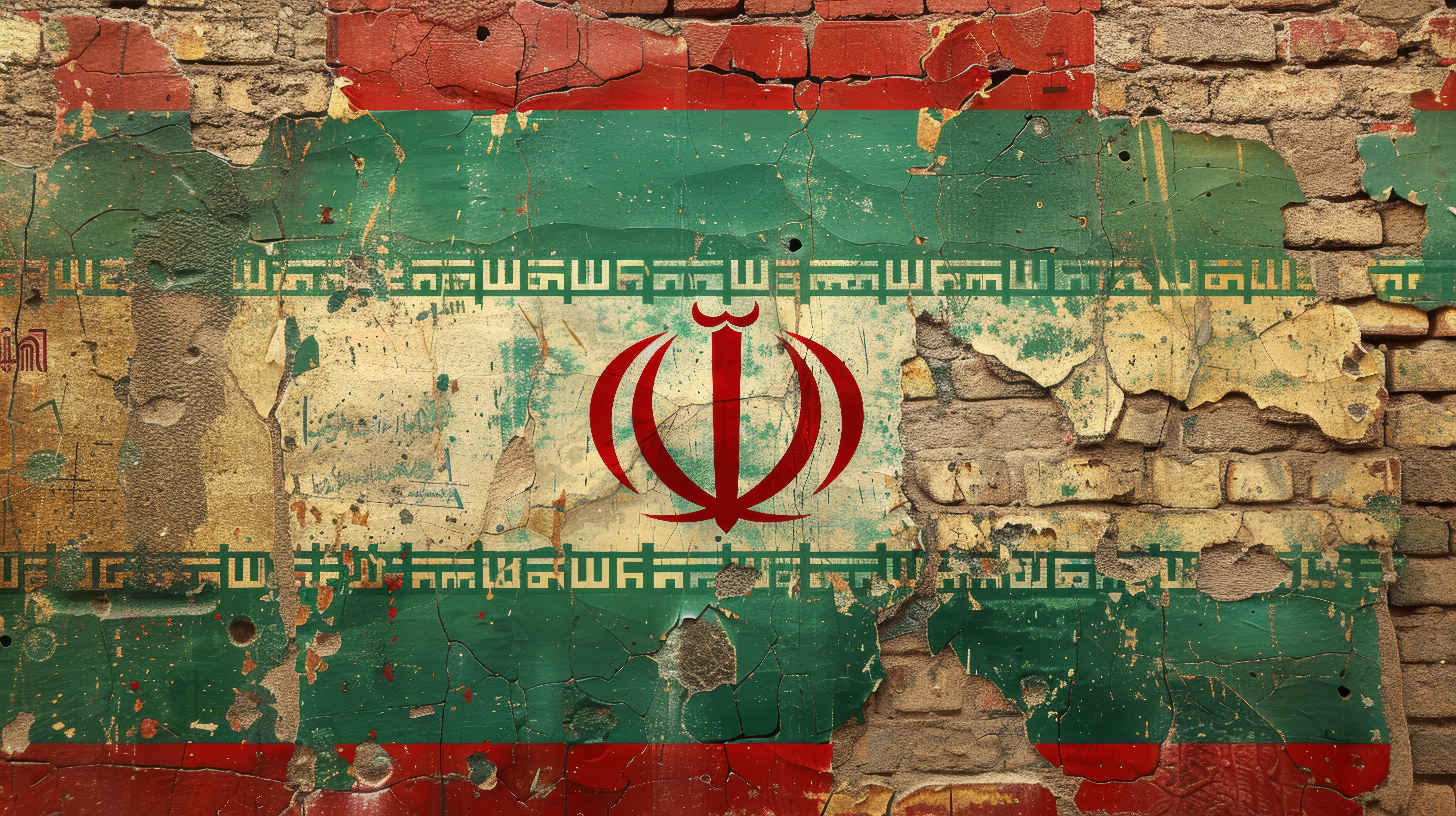
In June 2025, direct conflict erupted between Israel and Iran following Israel’s preemptive strike on Iranian nuclear sites, escalating into a multi-domain war involving air, cyber, and missile attacks. The U.S. quickly joined, delivering heavy airstrikes to support Israel. Despite heavy Iranian missile and drone retaliation, Israel’s advanced missile defense systems and cyber operations limited damage. The war underscored the increasing significance of cyber warfare, intelligence, psychological operations, and multidomain coordination in contemporary conflicts. Key lessons include the value of strong alliances, air superiority, precision strikes, integrated missile defense, and managing proxy forces, according to Bilal Y. Saab and Darren D. White at War on the Rocks. The conflict demonstrated that future wars will blend conventional and unconventional tactics, demanding adaptability, strategic partnerships, and integrated defenses for lasting security. They write:
The outbreak of direct hostilities between Israel and Iran in June represents one of the most significant geopolitical escalations in the Middle East in recent history. What began as a calculated pre-emptive strike by the Israel Defense Forces against Iranian nuclear facilities, under the codename Operation Rising Lion, swiftly evolved into a multi-theater war involving cyber, air, and naval engagements.
Within days, the United States entered the conflict through Operation Midnight Hammer, employing more than 125 aircraft and seven B-2 Spirit bombers — the latter dropping 14 bunker-buster bombs, 30,000 pounds each, against Iranian nuclear infrastructure. U.S. Chairman of the Joint Chiefs of Staff Gen. Dan Caine described the operation as the “largest B-2 operational strike in U.S. history.”
Iran retaliated through a mixture of ballistic missile and drone strikes, as well as cyber attacks. It would have loved to utilize the firepower of its once robust network of armed non-state proxies in the region — Hizballah in Lebanon, Hamas in the Palestinian Territories, the Houthis in Yemen, and the militias in Iraq — but it couldn’t because Israel had done a terrific job of massively degrading their military capabilities (at least Hizballah and Hamas). […]
The June 2025 conflict between Israel and Iran yielded a range of critical doctrinal insights for modern military planning. It not only reaffirmed the continuing relevance of conventional capabilities but also underlined the importance of cyber integration, information dominance, strategic precision, and alliance cooperation in 21st-century conflict scenarios. From this conflict, we derive nine lessons.
Don’t fight alone: Israel’s success depended on U.S. support for missile defense, airpower, and intelligence. Alliances enable rapid response and extended deterrence.
Control the skies: Air superiority, backed by cyber and electronic warfare, allowed Israel to strike deep into Iran with minimal resistance.
Strike with precision: Targeted attacks on Iran’s nuclear infrastructure, enabled by shared U.S.-Israeli intelligence, delayed Iran’s program by up to two years.
Dominate drone warfare: Iran’s drone swarms tested Israel’s defenses. Future conflicts require better drone interception and cost-effective countermeasures.
Adapt to hybrid warfare: Success came from combining kinetic strikes with cyber, info ops, and psychological tactics to disrupt Iran’s command and public morale.
Build integrated missile defense: Israel’s layered defense system, supported by the U.S., was critical. Gulf states need similar cooperation and shared early-warning systems.
Counter proxy threats: Iran’s weakened proxies still pose a risk. Disrupting and deterring these non-state actors is essential for long-term security.
Use psychological ops: Israel’s warnings, targeted strikes, and info warfare caused panic and confusion in Iran, amplifying military effects without wider escalation.
The successful targeting of Iran’s nuclear facilities — executed with surgical precision and coordinated through joint U.S.–Israeli intelligence — proved that well-executed, pre-emptive action can yield measurable delays in adversarial weapons development. These strikes were not only militarily effective but psychologically disorienting, undermining confidence within Iran’s defense establishment and signaling Israel’s reach, capability, and intent. […]
As strategists and decision-makers assess the legacy of Operation Rising Lion and Operation Midnight Hammer, they should look beyond the metrics of destruction. The real measure of success lies in whether enduring security, stability, and deterrence have been achieved or whether this was merely the opening salvo in a new era of protracted, hybrid confrontation. The battlefield of tomorrow is not coming — it has already arrived. And only those nations that can operate across domains, at pace, and with strategic discipline will endure.
Read more here.







